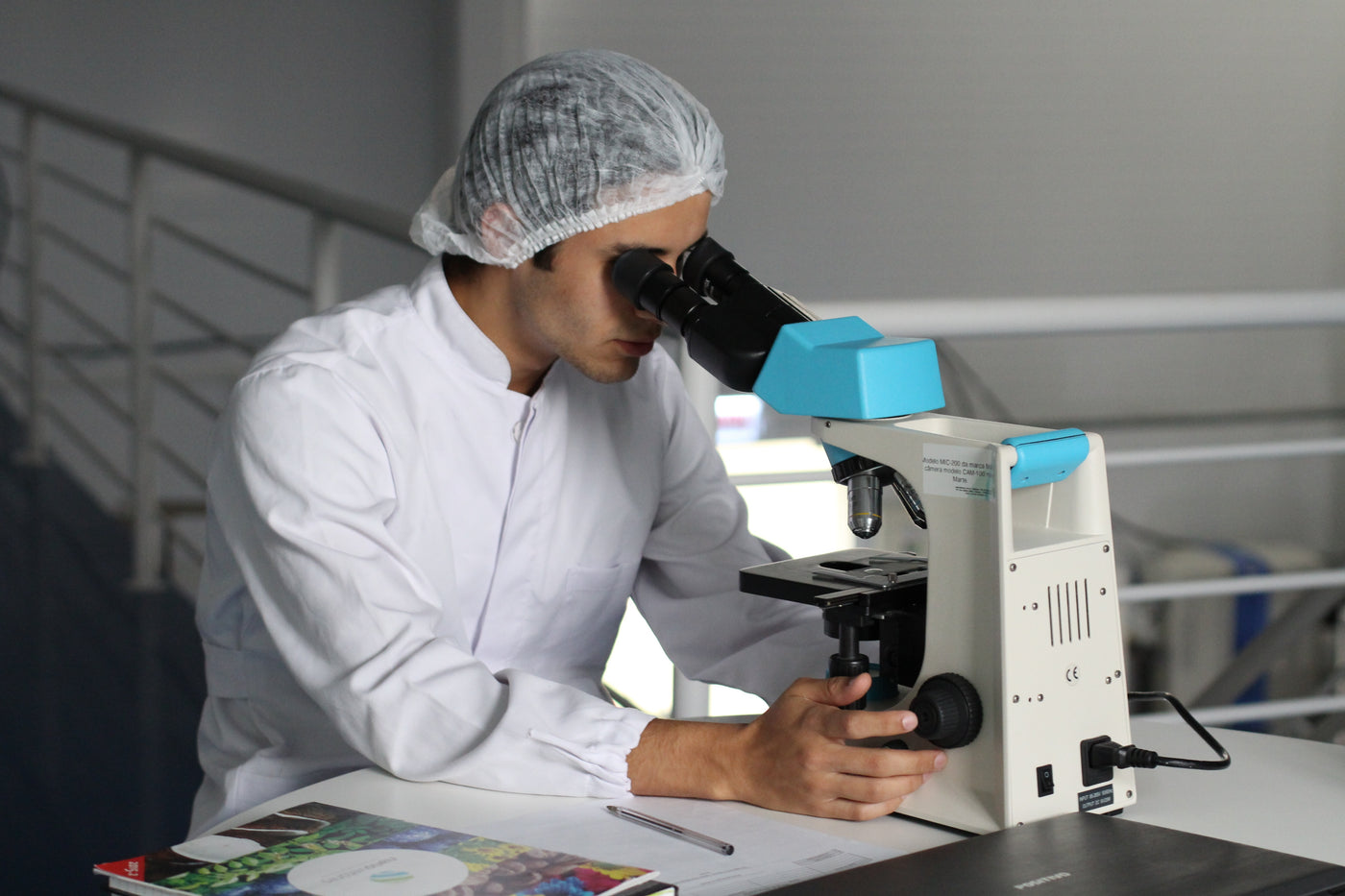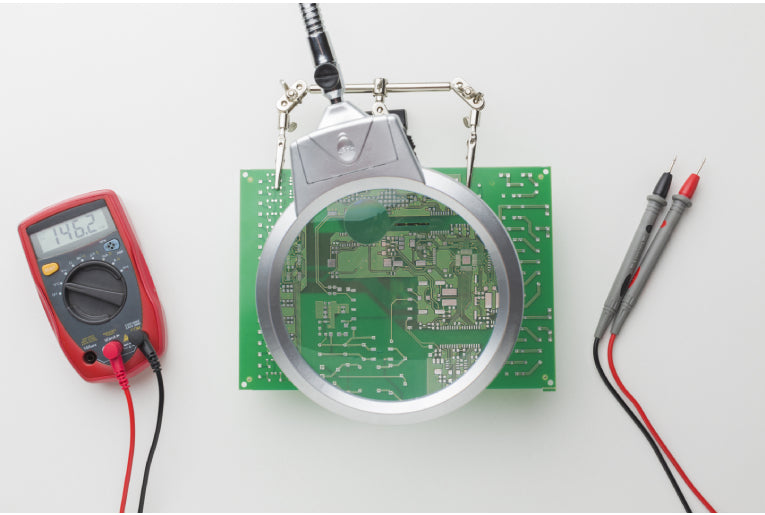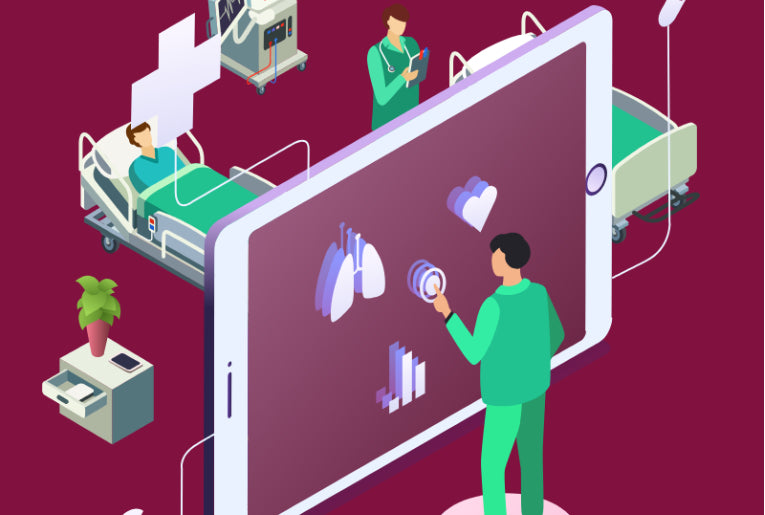Agile Designing Techniques and Their Effectiveness in Medical Device Designing

What is the Agile Design Process?
In the agile design process, different stages run in parallel. In layman’s terms, complex functionality is divided into smaller segments and worked upon & delivered separately. This approach enables both iterative & incremental strategies to amalgamate. It becomes easier to obtain quick feedback and implement the changes, rather than sharing the entire prototype with the client and then waiting for their feedback. The tweaks can be made easily during the design process with minimal loss of time & money. Faster development as the design of various parts is getting ready developers can work on them simultaneously. In a nutshell, the combination of iterative & incremental approaches via agile designing is the present and the future ahead.
In the next segment, we will discuss how agile methodology benefits the medical design development.
So, let’s scroll down and have a look:-
Benefits of Agile Approach in Medical Device Development
There are a myriad of perks of implementing the agile approach in the medical product development environment, and we have gathered some of the crucial ones:
#1 A Faster Return on Your Investment
Since agile is a fusion of iterative & incremental methods of development, the different features are generally delivered in sprints, whose scope & duration are clearly defined at the project's beginning.
With the focus on quick development, frequent releases or updates, and continuous improvements as you go along. Thus, the agile approach results in faster development of the product to the market.
#2 Increased Flexibility and Adaptability
Medical device developers follow the V-model or waterfall by default, where they need to design and document the entire medical device upfront, and then comes the implementation of the coding. Opting for this old approach would mean the testing is delayed till the very end, while the risks *& errors lurk in the background. In a scenario of a big blunder done during the design process, the complete design has to be altered.
On the flip side, with agile, the strict emphasis is on testing and the client’s feedback throughout the design process. Thus, means, if there is an issue, it can be addressed right away, therefore, avoid delaying the project.
#3 Overall Project Risk Reduction
As we have stated earlier, the conventional approaches of medical device development leave risks and errors to be discovered at the end of the project, since the product is released for testing only then, as well as the stakeholder and user feedback.
Now coming to agile, the risks are continuously identified using the latest tactics such as fail fast, verification & validation to achieve successful risk mitigation as you move along.
#4 High-Quality Development
Using the agile approach leads to the development of medical device development of the highest standards. It is because of demonstrating the product incrementally as the features are implemented and users & stakeholders can give their valuable feedback.
In addition, the development team has the advantage of courier=correct as per the continuous feedback, and tweak the project's trajectory accordingly.
What’s Next?- Transitioning to Agile Medical Systems
- Let your team familiarize themselves with the fundamental principles of agile.
- Learn the various agile frameworks.
- Practice implementing the new approach.
- And, finally, improve continuously.
Let’s Wind Up
Hope you got a clear idea of how agile designing techniques are gaining ground in medical device designing, and in years to come, you will see more advancements for the betterment. Whether you are an organization into medical device designing or looking for a development agency, agile methodology is complex, only with the right knowledge and practice, it can be mastered.
Leave a comment (all fields required)
Comments will be approved before showing up.


